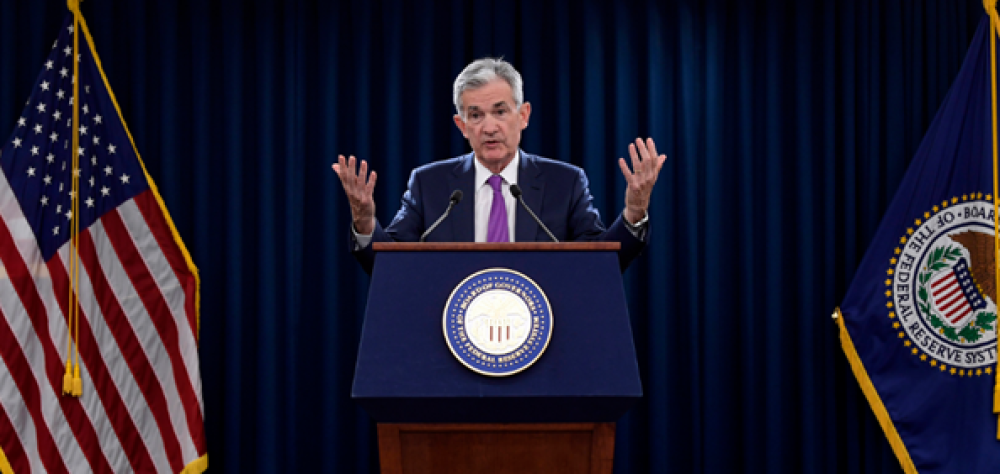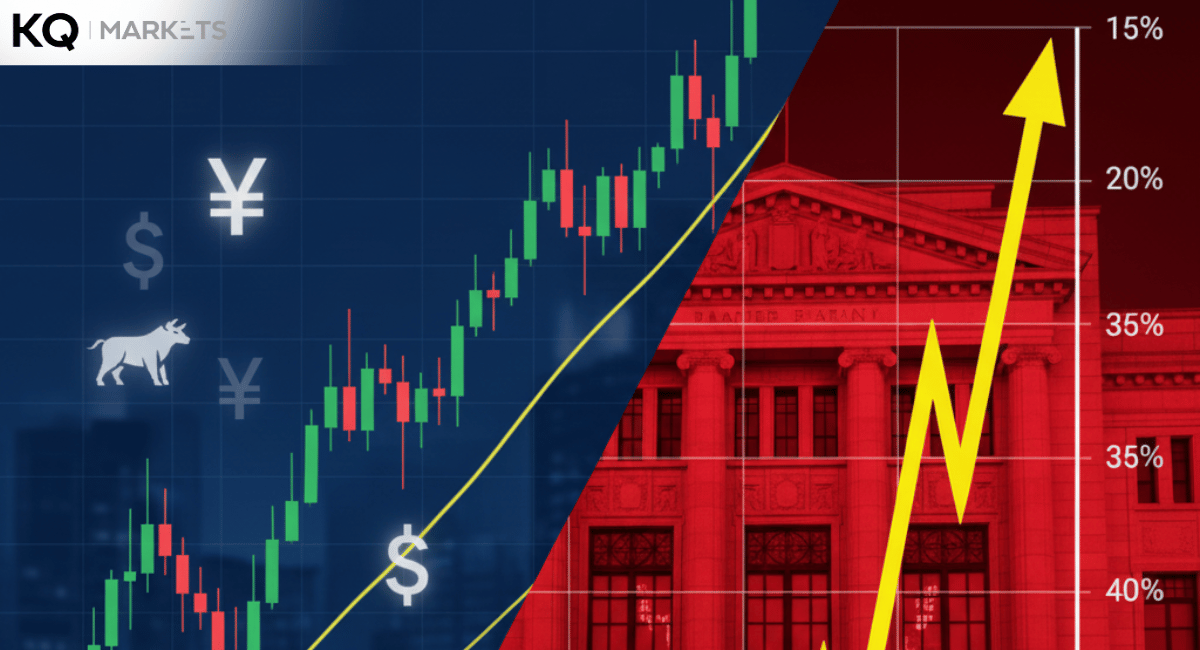The Fed has opted for a 75 basis point rate hike twice in a row. Its latest interest hike comes after the US central bank meeting on Wednesday. Members held a unanimous vote that approved an aggressive move to help wrestle the white-hot inflation rate. This unexpected rate hike showcases how desperately the Federal Reserve intends to manage the economy following the highest price rise in America since the 1980s. The Federal Reserve has noted energy price hikes in previous months, but now inflation impacts the food prices as well.
Well, the US government announced various emergency measures to sustain the economy after the Covid-19 pandemic outbreak. Some controversial measures included lowering the borrowing costs and slashing the interest rates to zero on some loans. Although these borrowing policies funded businesses & households, they also resulted in inflation and contributed to the currently overheated world economy. Hence, central banks are struggling to slow down the interest rate hikes and “remove the punch bowl”.
Generally, this latest Fed rate hike will raise overnight borrowing from 2.25% to 2.5%, which marks the highest rate since December 2018. The Fed has pushed its benchmark interest rate down or up by about 25 basis points, preferring to steer the global economy at a low speed over the past three decades. However, the surging inflation has forced central banks to implement three times more rate hikes over the past months. It marks the first such rate hike since 1994.
It is the first time the central banks implemented such a debatable move in modern history. Most importantly, the Federal Reserve has to initiate a delicate balancing act to slow down inflation increases and encourage economic growth. Entrenched and significant inflation might result in less confidence that the Federal Reserve can attain maximum employment and price stability. The Fed’s chairman explains that the most concerning risks are not an economic downturn but persistent inflation.
The organisation has evaded recession three times in the last 11 cycles. Inflation was lower during the past cycles, which makes market participants and some analysts nervous. In any case, most analysts expected the Federal Reserve to increase its benchmark borrowing rate by 75 basis points following a disastrous June report. For instance, the Bureau of Labour Statistics reported that the US consumer price index surged to another peak in June to jump by 9.1% year-over-year. The previous month's report was lower at 8.6%.
Above all, money is somewhat tight in US households with the latest data indicating lower savings than the previous year. The worst part is that most financial analysts believe the world economy is headed into a recession. In general, the world has not experienced this level of inflation for decades. Thus, the Federal Reserve must formulate alternative plans to help restore price normality. Raising the borrowing costs might not be the most suitable approach to attaining long-term results.





